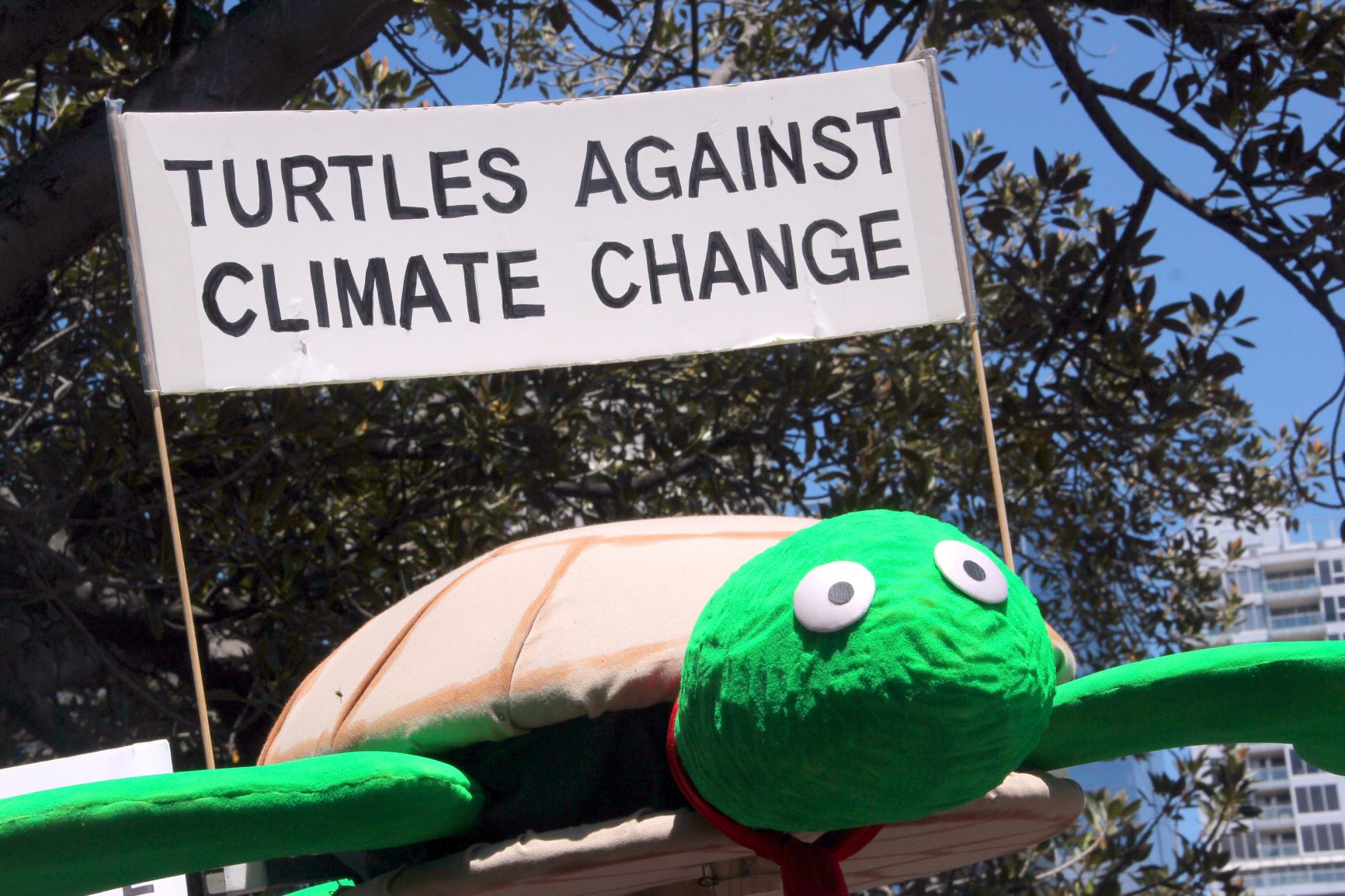Nearly 18 million acres of land have been ravaged by bushfires as of Jan. 8. Nationwide, 27 people lost their lives to these fires since fire season began in September.
In comparison, the wildfires in the Amazon rainforest burned around 17.5 million acres, and the 2018 fires in California burned around 1 million acres, according to NBC News.
The Australian state of New South Wales was hit the hardest, with over 12 million of the 17 million acres destroyed located in NSW. Within these 12 million acres, over 2,000 homes were damaged or destroyed, with approximately half a billion animals believed to have been killed. One-third of the NSW koala population is expected to be impacted by the fires.
The state of Victoria, located south of NSW, has declared a state of disaster, and NSW has declared a state of emergency. This allows both states’ governments to have more power and allocate more resources to contain the flames.
In a tweet on Jan. 3, Australian Prime Minister Scott Morrison announced that “[they are] putting more Defence Force boots on the ground, more planes in the sky, more ships to sea and more trucks to roll in to support the bushfire fighting effort and recovery as part of [their] co-ordinated response to these terrible bushfires.”
For the first time in the country’s history, Morrison announced that he plans on using 3,000 Army, Navy and Air Force reservists in efforts to help control the fires. He also announced spending an extra $20 million to lease four new firefighting planes in addition to the $26 million already committed this year.
In addition, he plans to pay volunteer firefighters for their lost income, provide P2 face masks for bushfire smoke and make emergency payments to people who have lost their homes or income due to fires.
The prime minister is facing criticism from citizens who believe he is doing too little too late. This criticism follows complaints last month when Morrison took a family vacation to Hawaii and returned after the deaths of two volunteer firefighters southwest of Sydney.
Some Australians say they are frustrated as they believe the prime minister is ignoring the underlying cause of the fires: climate change. This season’s fires are more devastating than normal due to an unusually dry spring earlier in 2019 and record high temperatures this summer. In December, Australia’s Bureau of Meteorology stated that spring 2019 was the country’s driest on record. A heatwave in December also broke the record for the highest nationwide average.
Citizens have also shown anger over the government’s decisions to back coal-fueled power even after the United Nations named Australia one of seven countries that need to do more on their climate promises.
In the NewClimate Institute, Germanwatch, and the Climate Action Network’s 2020 Climate Change Performance Index, Australia was rated the lowest of the 61 countries looked at in terms of climate policy.
The CCPI review stated, “Australia receives the lowest rating in this year’s Climate Policy rating as experts observe that the newly elected government has continued to worsen performance at both national and international levels.”
In the same review, Australia was also rated 56th out of 61 countries in the overall CCPI.
“The country continues to receive very low ratings in the Energy Use category and ranks at the bottom of low performers in both the GHG Emissions and Renewable Energy categories. National experts observe a lack of progress in these areas,” stated in the 2020 CCPI review.
Professor Glenda Wardle, an ecologist from the University of Sydney, responded to the 1C average increase in temperature by stating that “it’s not every weather event that is the direct result of climate change. But when you see trends…it becomes undeniably linked to global climate change.”
Morrison has yet to announce that his stance on the nation’s climate policy is linked to the increasing intensity of the wildfires.
“To suggest that at just 1.3% of emissions, that Australia doing something more or less would change the fire outcome this season—I don’t think that stands up to any credible scientific evidence at all,” Morrison said in December, reported by BBC.
The temperature in Australia is expected to rise again, as the Australian bushfire season typically runs until May. This past weekend, firefighters utilized the cooler and wetter weather to increase the containment of bushfires across Australia. The weather forecast also shows an increase in wind and the possibility of lightning in the coming days.






